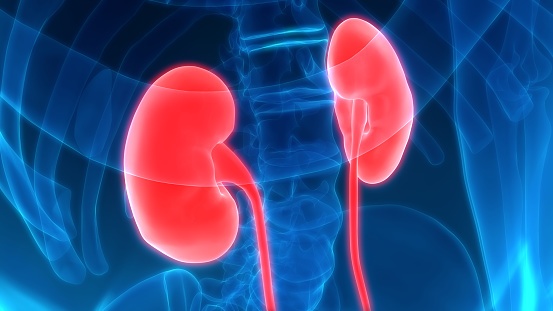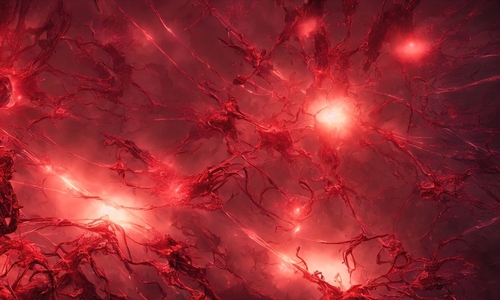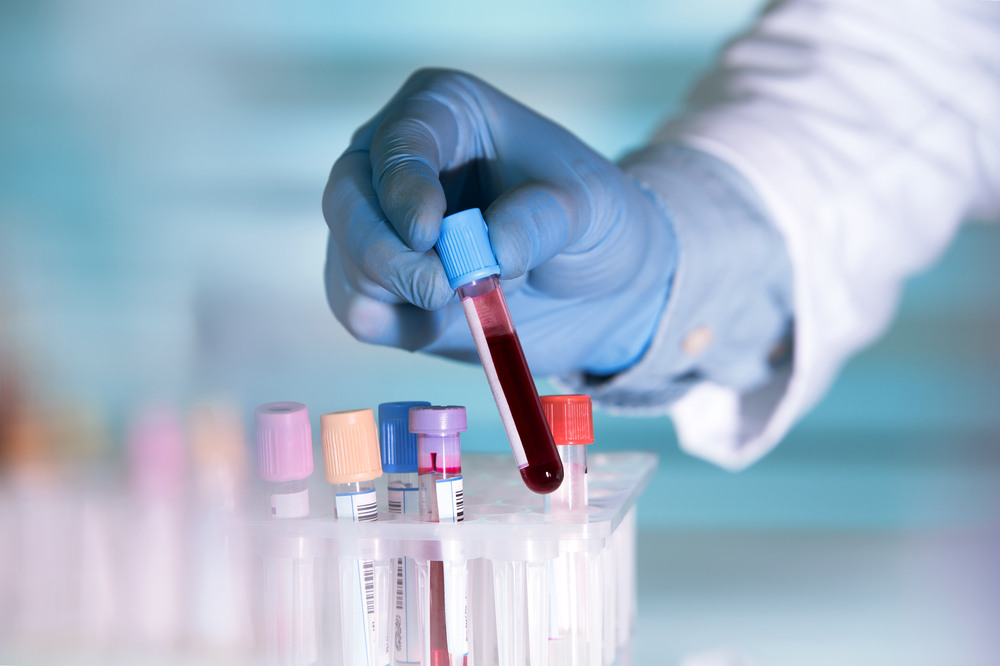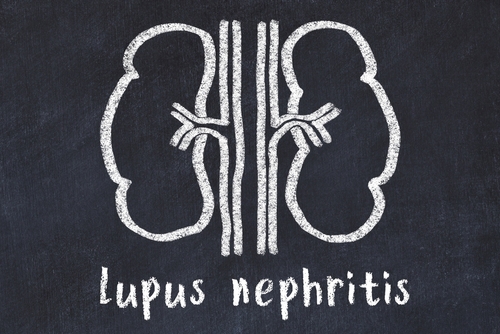
The most common form of glomerulonephritis is IgA nephropathy. Previous studies have demonstrated the efficacy of immunosuppressive therapy to target mesangial IgA deposits and circulating IgA autoantibodies for the treatment of IgA nephropathy.
In patients who have proteinuria with urinary protein excretion of >1 g per day, the Kidney Disease: Improving Global Outcomes (KDIGO) guidelines recommend treatment with a blocker of the renin-angiotensin system (an angiotensin-converting-enzyme inhibitor or an angiotensin II-receptor blocker).
The KDIGO guidelines also suggest the use of systemic glucocorticoids in patients with a proteinuria level above 1 g of urinary protein excretion per day and a glomerular filtration rate (GFR) higher than 50 mL per minute despite supportive care. However, according to Thomas Rauen, MD, and colleagues, findings from earlier randomized, controlled trials leading to these suggestions have been criticized because the blockade of the renin-angiotensin system was either inconsistent or temporarily halted and then reinitiated at baseline.
Dr. Rauen et al. conducted a multicenter, open-label, randomized, controlled trial to test the hypothesis that immunosuppressive therapy plus comprehensive supportive care would be superior to supportive care alone in patients with IgA nephropathy. They reported results of the trial in the New England Journal of Medicine [2015;372(23):2225-2236].
The study had three primary end points: (1) full clinical remission (protein-to-creatinine ratio <0.2 [with both protein and creatinine measured in grams]; (2) a decrease in estimated GFR (eGFR) of <5 mL/min/1.73 m2from baseline; and (3) a decrease in the estimated GFR (eGFR) of at least 15 mL/min/1.73m2 after 3 years of follow-up. During the study’s 6-month run-in phase, all enrolled patients received intensive supportive care (blockade of the renin-angiotensin system). Following the run-in phase, patients who were still considered at high risk were randomly assigned to continue supportive care alone or to receive supportive care in combination with immunosuppressive therapy.
Of the 337 patients who entered the run-in phase, 28 did not complete the run-in. Of the 309 who did complete the run-in phase, 106 had a response to supportive care, defined as a proteinuria level of <0.75 g of urinary protein excretion per day after the end of the run-in phase, and were not eligible for randomization. Of those 106, 12 were found to have a proteinuria level above 7.5 g per day of urinary protein excretion at a later stage of follow-up. Those 12 and the 165 patients who had not response at the end of the run-in phase were eligible for randomization.
Of the 177 patients eligible for randomization, 15 declined to undergo randomization, 80 were randomly assigned to the supportive-care group and 82 were randomly assigned to the immunosuppression group. In the immunosuppression group, 55 patients had an eGFR of at least 60 mL/min/1.73 m2 and received glucocorticoid monotherapy; 27 had an eGFR between 30 and 59 mL/min/1.73 m2 and received the immunosuppressive combination regimen of cyclophosphamide (followed by azathioprine) plus prednisone.
Ninety-five percent of the patients in the supportive-care group (n=76) and 95% of the patients in the immunosuppressive group (n=78) completed the 3-year trial phase. In the full-analysis set, 5% (n=4/80) of the supportive-care group and 17% (n=14/82) of the immunosuppressive group had a full clinical remission at the final visit (P=.01).
In the supportive-care group, 28% (n=22) had a decrease in eGFR of at least 15 mL/min/1.73 m2, compared with 26% (n=21) in the immunosuppressive group (P=.75). There was no significant difference in the annual decline in eGFR between the two groups.
Twelve months after randomization, those in the immunosuppressive group had a significantly lower mean proteinuria level compared with those in the supportive-care group. At month 36, the difference was no longer significant.
The overall numbers of serious adverse events were similar in the two groups. There were more nonsevere and severe events of infection, predominately of the gastrointestinal and respiratory tracts, in the immunosuppressive group; 25% of those events were considered related to the study treatment.
The researchers cited some limitations to the study: (1) the open-label nature of the trial; (2) basing the end points on eGFR derived form creatinine measurements; and (3) the relatively short duration of the trial.
“In conclusion, our trial showed that the addition of immunosuppression to ongoing comprehensive supportive care was not beneficial in patients with IgA nephropathy that was characterized by moderate proteinuria and chronic kidney disease stages 1 through 3,” the researchers said.
Takeaway Points
- Researchers conducted a trial to test the hypothesis that immunosuppressive therapy in combination with supportive care would be superior to supportive care alone for chronic kidney disease patients with IgA nephropathy.
- Following a 6-month run-in phase, 80 patients were randomly assigned to supportive care alone and 82 were randomly assigned to supportive care plus immunosuppressive therapy. Follow-up continued for 3 years.
- At the 3-year mark, there was no significant difference in the annual decline in estimated glomerular filtration rate between the two groups. Outcomes were not significantly improved with the addition of immunosuppression to supportive care in CKD patients with IgA nephropathy.







 © 2025 Mashup Media, LLC, a Formedics Property. All Rights Reserved.
© 2025 Mashup Media, LLC, a Formedics Property. All Rights Reserved.